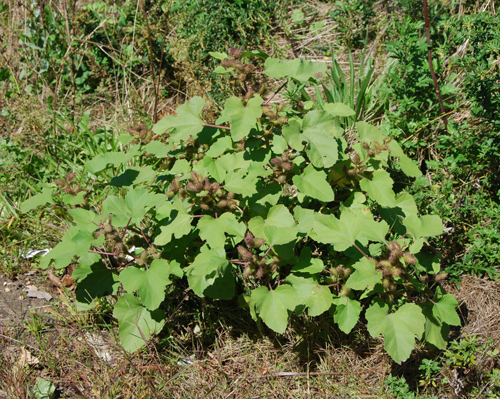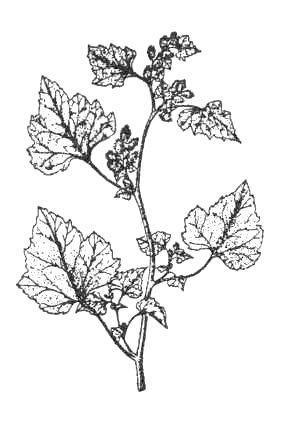- Headache and nasal obstruction, with
Magnolia liliflora- Xin yi hua.
[4]
- Acute Wind Heat patterns, with
Calcium sulphate-
Shi gao and
Scutellaria baicalensis-
Huang qin. For chronic Wind Heat patterns add
Rubia
cordifolia- Qian cao gen and
Lonicera
japonica- Jin yin hua.
[4]
- Allergic rhinitis, with
Schisandra chinensis-
Wu wei zi and
Rosa laevigata- Jin ying zi.
[4]
-Pain and numbness due to Wind Damp painful obstruction, with
Clematis
chinensis- Wei ling xian,
Ligusticum
chuanxiong- Chuan xiong and
Atractylodes
lancea- Cang zhu.
[4]
- Itching due to Wind rash or Dampness induced sores, as an external wash, with
Tribulus terrestris- Bai ji li.
[4]
[1] Barefoot Doctor's Manual- 1977 Prepared by the Revolutionary Health Committee
of Hunan Province. Original Chinese manual- Victor W. Sidel. Originally published
by Dr Joseph Quin and the Fogarty International centre, Bethdesda (1974). Madrona
Publishers Seattle Washington ISBN 0-914842-52-8
[2] A Complete English Dictionary of Medicinal Terms in Chinese Acupuncture
and Herbalism 1981- Henry Lu Chinese Foundations of Natural Health- The Academy
of Oriental Heritage, Vancouver, Canada.
[3] Translation notes from Gary Seiford and Hocu Huhn- NSW College of Natural
Therapies. Sydney Australia.
[4] Chinese Herbal Medicine Materia Medica- Dan Bensky and Andrew Gamble- Eastland
Press 1986 Seattle Washington ISBN 0-939616-15-7
Images
1.
it.wikipedia.org
by Folini CC BY-SA 3.0
2.
herbcademy.com
3.
[1]
4.
extension.umass.edu Xanthostrumarim, resin, alkaloids, ceryl
alcohol, sitosterol, vitamin C.[1]
The toxic ingredents of Cang er zi are changed by decoction and are not significantly
present in the herb after it has been decocted or subjected to high heat. The
LD50 for intaperitoneal injection in mice is 0.93g/kg.[1]
References
[1] Chinese Herbal Medicine Materia Medica- Dan Bensky and Andrew Gamble- Eastland
Press 1986 Seattle Washington ISBN 0-939616-15-7

 DESCRIPTION:
Annual herb.
DESCRIPTION:
Annual herb.